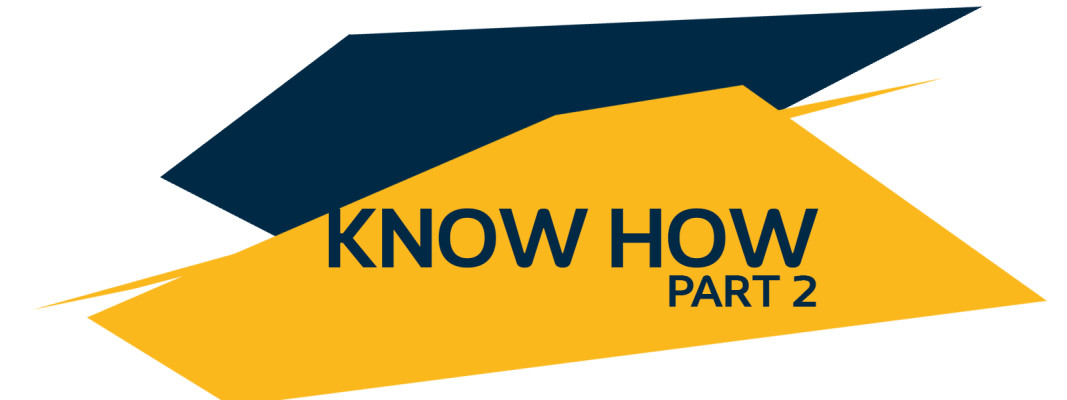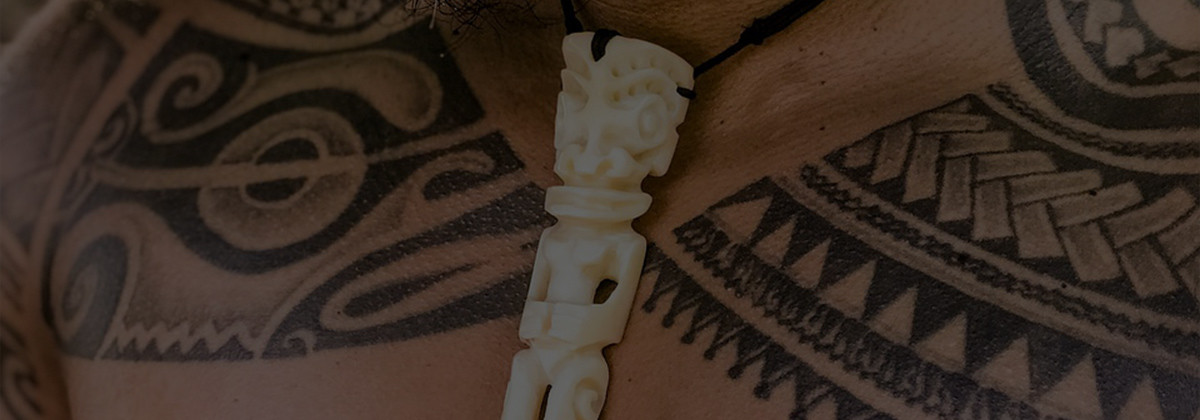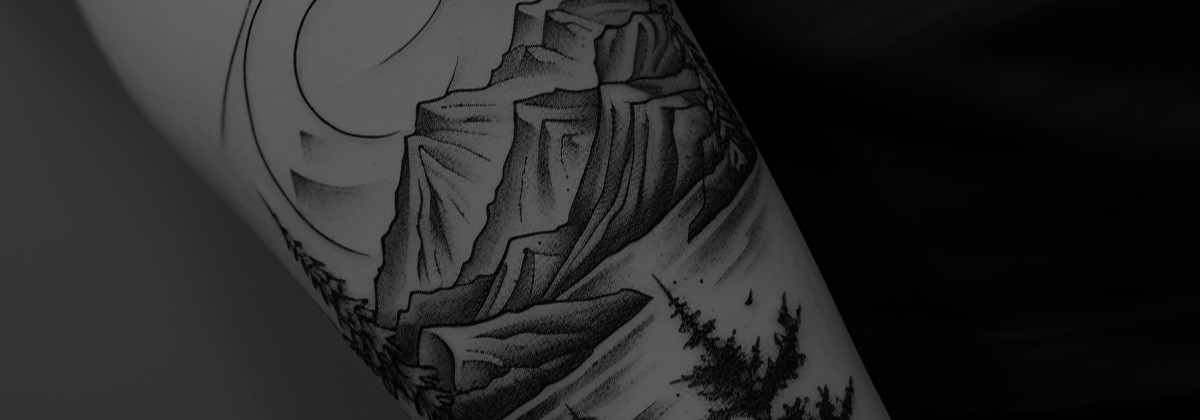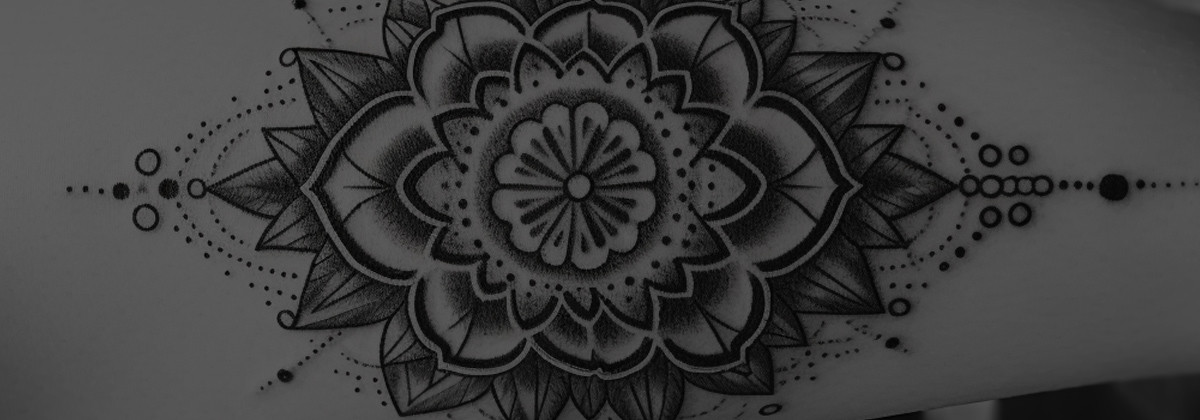KNOW HOW: Tattoo styles and the right equipment - Part 2

In our first part of the series "Tattoo styles and the right equipment", we have already introduced you to the Neo-Traditional, Dark Art, Realistic and Japanese styles. Today we will introduce you to three more styles and give you tips on the right equipment.
MAORI
The tattoos, which originate from Polynesian tribal culture, have their very own symbolism. Each motif has its own meaning and when these are combined in a customised pattern, the Maori tattoo tells stories and describes what is important to the wearer.
Tattooing has its origins in Polynesia. The word tattoo comes from the Tahitian word "tatau", which translates as "to hit" or "to strike". Tattoos have been widespread in the South Seas for thousands of years and are regarded there as a visible sign of tribal affiliation, but also as a spiritual symbol of protection or represent certain stages of life.
With Maori tattoos, there are certain tattoos that are only reserved for descendants of gods, priests or chiefs, for example. Other motifs may only be worn on the skin by warriors, dancers or rowers. The part of the body to be tattooed also has a specific meaning. The placement of the motifs depends on the person's origin, rank and occupation. Women usually have their hands, arms or chin tattooed, while men also have their face, neck and chest tattooed.
In the South Seas, Maori tattoos are all applied in the same way. Colour is applied directly under the upper layers of the skin using the finest needles. Sharp needles and combs, usually made of bone, horn or mother-of-pearl, are driven into the skin with a mallet or hammer. The ink is also special. This consists of crushed charcoal mixed with water and oil. For hygienic reasons, traditional Polynesian tattoo artists today also use professional tattoo colours.
Today, Maori tattoo artists always work freehand and customise the design to the body shape of their customers. Magnum needles are particularly suitable for this tattoo style, whether round shader, curved or stacked. Round liner needles are also used.

FINELINE
Fineline tattoos are characterised by particularly thin, fine lines. Fineline tattoos are also usually small and are often engraved in black colour. Even though you usually see small fineline tattoos, there are also very large and even colourful motifs. Surprisingly, this style originated back in the 1980s and comes from the American subculture of prison and gang tattoos. The trend then came to Germany in the 90s and is still experiencing an upswing.
Traditionally, finelines are usually tattooed with a 3 or 5 round liner. Some tattoo artists also use a single needle, i.e. the finest needle size. When tattooing this style, it is also important to pay close attention to the depth of the needle. If you get the depth wrong, there is a risk of a blow-out.
Fineline tattoos are very demanding for tattoo artists and take a lot of time despite the small motifs. With such fine lines, even the smallest mistake is noticeable.
But which machine is suitable for this style? You can fall back on the FK Irons Spektra Flux. This is a battery-powered machine that is very easy to operate using three buttons. The machine is particularly impressive when it comes to lining and colour packing.
Its name already indicates its speciality - Bishop Wand Liner. Perfectly suited for clear and precise lines. In addition to Fineline, this machine is also perfect for Dotwork and Traditional. Basically, you can say that a stroke of 3.0 to 3.5 mm is completely sufficient.

DOTWORK
In addition to fineline, dotwork is also an up-and-coming trend. This trend is derived from impressionism, in which black dots are strung together to create shapes and lines. Detailed patterns, mandalas and ornaments are particularly suitable for this.
But dotwork also existed several thousand years ago. Ötzi, for example, is said to have had dotwork tattoos. Many women in ancient Egypt also had traditional tattoo sil. These were mainly found on the abdomen and breasts. Scientists assume that women were tattooed during labour to distract them from the pain of childbirth.
It is particularly important with dotwork that the dots are lined up correctly. Regularly spaced dots are the focal point of dotwork. If the spacing is too small, the dots become blurred over time. Just as with fineline, even the smallest deviations in this style are recognisable to the naked eye.
Many dotwork artists use hand stitching techniques, although there are now also machines that are suitable for this style. These include the Bishop Power Wand, for example. Coil machines are also suitable for dotwork. When tattooing, different needle sizes are used for different areas of the tattoo to create a better and more complete image. Frequently used needles include round liners in various sizes.


 German
German Dutch
Dutch